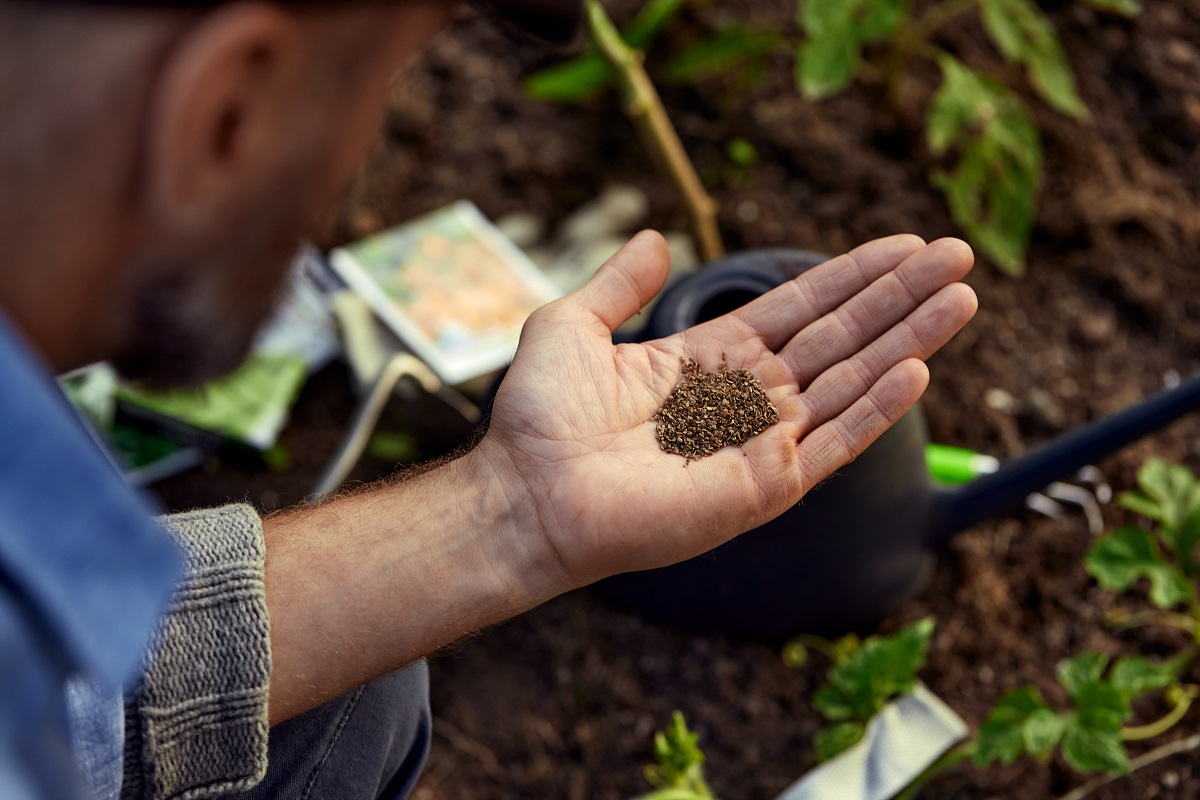
The Ultimate Guide to Fertilizers: Choosing the Right Nutrients for Healthy Crops
Fertilizers are critical to achieving high crop yields and maintaining soil fertility,but the abundance of options can make choosing the right one overwhelming. This guide will simplify the basics, helping readers understand fertilizer types, nutrient needs, and best practices.
Types of Fertilizers
- Organic Fertilizers: Composted manure, bone meal, fish emulsion, etc.
- Synthetic Fertilizers: Produced chemically for quick nutrient availability and targeted mixes.
- Slow-Release and Controlled-Release Fertilizers: Coated materials for gradual nutrient release.
- Liquid and Water-Soluble Fertilizers: Dissolve easily and are ideal for quick uptake but require frequent application.
Macronutrients (N-P-K)
- Nitrogen (N): Vital for leaf growth and overall green color.
- Phosphorus (P): Supports root development, flowering, and fruiting.
- Potassium (K): Enhances plant immunity, water regulation, and carbohydrate production.
Secondary Nutrients and Micronutrients
- Calcium (Ca): Essential for cell wall structure.
- Magnesium (Mg): Vital for chlorophyll production and photosynthesis.
- Micronutrients: Zinc, iron, and manganese are essential for various enzyme functions and disease resistance.
Choosing the Right Fertilizer for Your Soil and Crop Needs
- Determining the appropriate fertilizer involves understanding your soil and crop requirements:
- Soil Testing and Analysis
- Steps for conducting a soil test to understand pH and nutrient levels.
- Understanding Crop-Specific Needs
- Highlighting nutrient needs for popular crops like tomatoes, corn, and leafy greens.
- Adjusting Based on Growth Stage
- When to apply high-nitrogen fertilizers for leafy growth vs. high-phosphorus for flowering and fruiting.
Best Practices for Fertilizer Application
- Avoiding Over-Fertilization: Risks of nutrient runoff into water bodies.
- Timing and Application Frequency: How often to apply based on soil type and crop needs.
- Methods of Application: Broadcasting, side-dressing, top-dressing, and foliar application techniques.
Eco-friendly Fertilizing Practices
Consider these sustainable practices to benefit both your crops and the environment:
- Composting: Using kitchen waste and organic matter to enrich soil without synthetic chemicals.
- Green Manure and Cover Crops: Planting legumes and grasses to improve soil nitrogen and organic content.
- Minimizing Chemical Use: Balancing organic and synthetic inputs for a sustainable approach.
Conclusion
Understanding fertilizers and how they impact your soil, crops, and the environment is essential for productive, sustainable farming. By selecting the right fertilizer, following best practices, and considering eco-friendly alternatives, you can enhance crop yields while supporting soil health.


